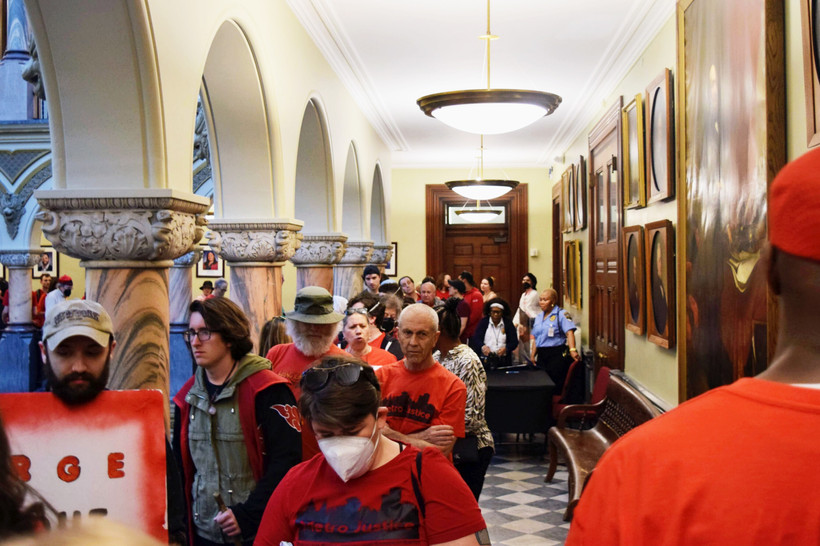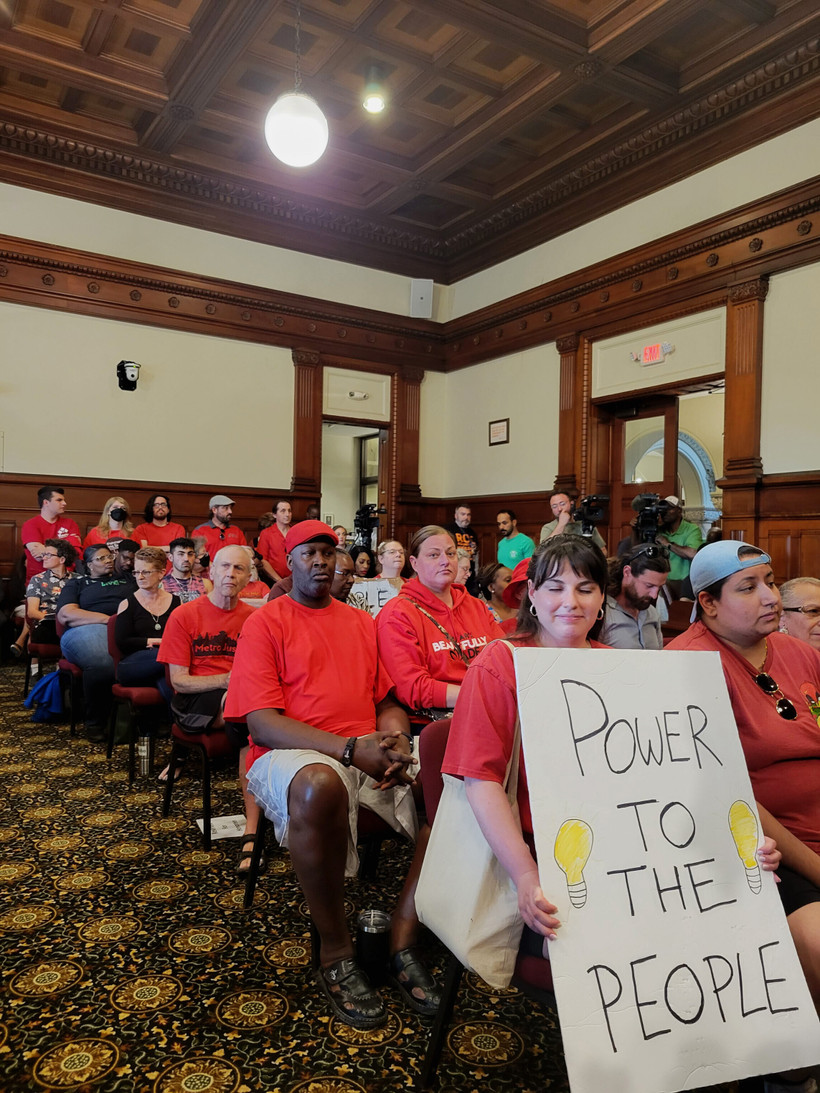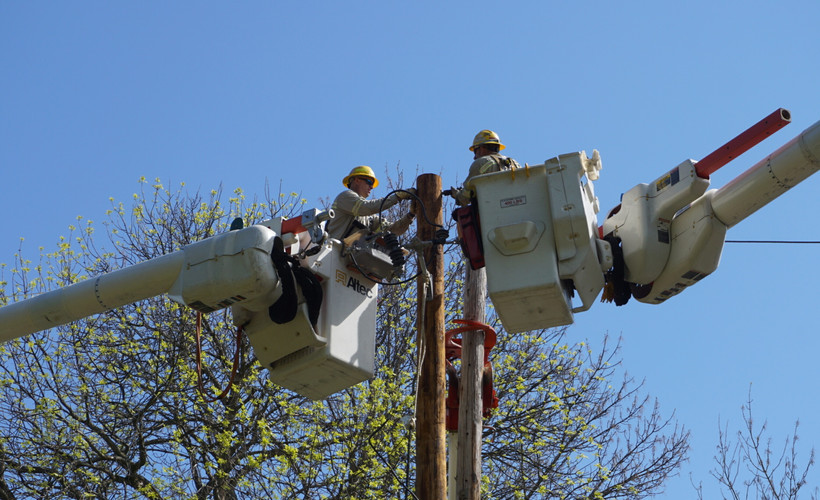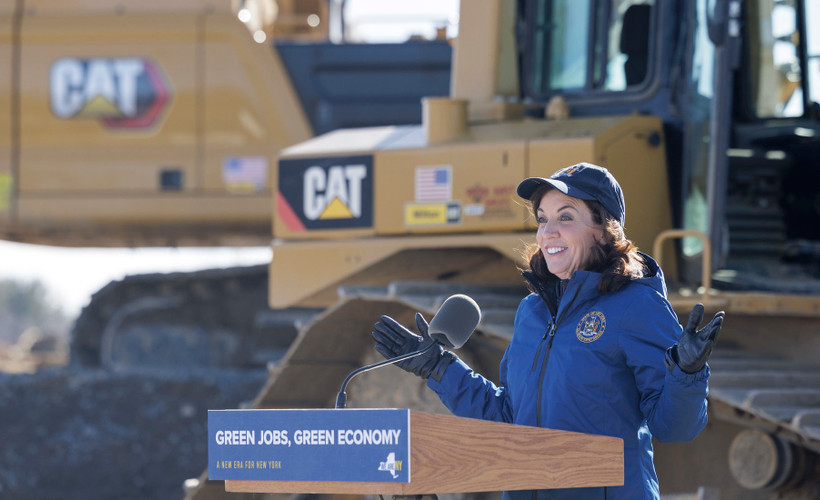Inside the Fight to Kick Out Rochester’s Power Company

In New York’s third-largest city, locals are sick of skyrocketing bills and dirty fuel sources. They’re fighting against long odds for the public to own the grid.
This is the second part of a two-part series on local public power in New York. Read the first installment, on the history of public power in Massena, here.
This is the second part of a two-part series on local public power in New York. Read the first installment, on the history of public power in Massena, here.


“I got tired of screaming at them.”
“I think that they’re listening more to RG&E than they are to the citizens of Monroe County.”

Support for this story was provided by The Neal Peirce Foundation, a nonprofit organization dedicated to supporting journalism on ways to make cities and their larger regions work better for all people.





